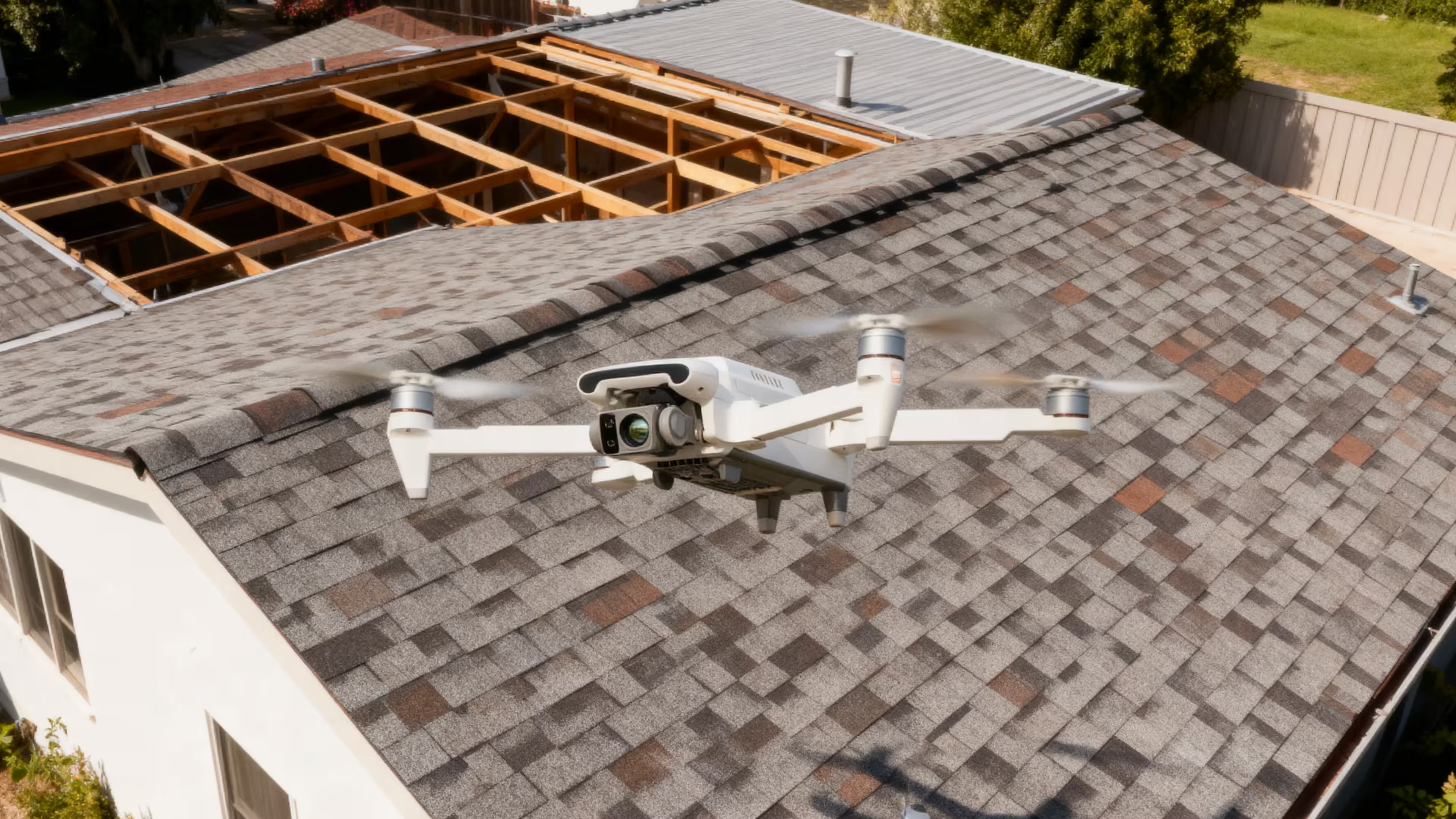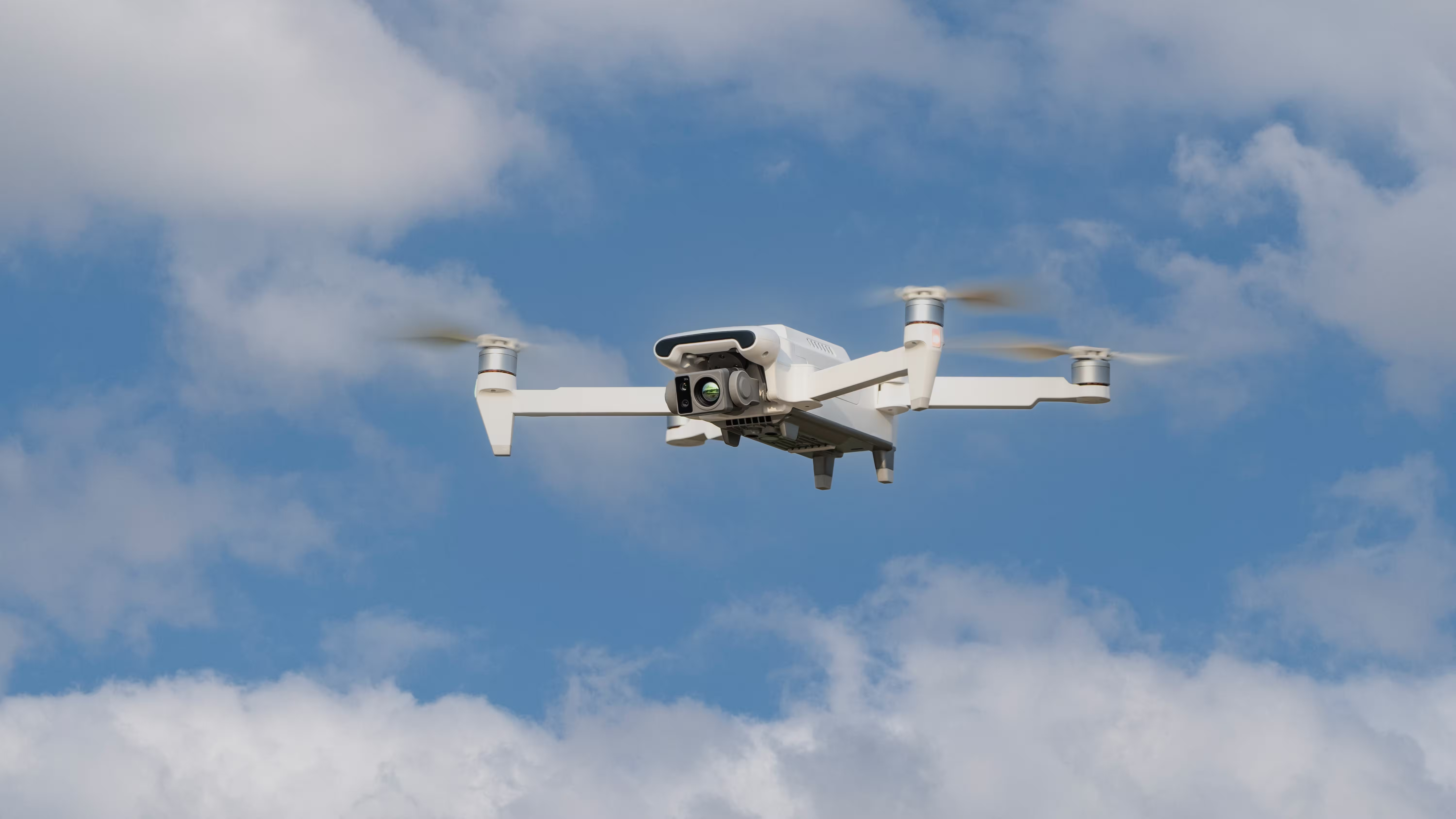When Shenzhen—the city long recognized as China’s laboratory for innovation—announced the Implementation Rules for Measures Supporting the High-Quality Development of the Low-Altitude Economy, it did more than release a policy document. It sent a clear signal to the global urban air mobility (UAM) industry: China’s low-altitude economy is moving from experimentation to structured, large-scale deployment.

This 2025 initiative, led by the Shenzhen Municipal Transportation Bureau, lays out one of the most comprehensive support frameworks for unmanned aerial systems (UAS), eVTOL aircraft, and low-altitude logistics operations ever seen in a Chinese city. With incentives reaching up to RMB 30 million (approx. USD 4.1 million) per enterprise annually, and a total funding pool of RMB 100 million per year, Shenzhen is positioning itself as the capital of air-based urban innovation.
A Strategic Blueprint for the Low-Altitude Economy
The document—structured around four key funding categories—provides both direction and financial muscle:
- Certification Subsidies for eVTOL and Large UAV Manufacturers
Companies that successfully obtain type certification and production licenses from the Civil Aviation Administration of China (CAAC) are eligible for substantial rewards:- RMB 15 million for manned eVTOL certification.RMB 5 million for large UAVs.RMB 3 million for medium UAVs.
Building a Low-Altitude Logistics Network
The second focus area is low-altitude logistics—a sector seen as the most immediate and scalable part of the low-altitude economy.
Eligible enterprises must operate approved flight routes, with at least one endpoint within Shenzhen’s jurisdiction. The policy differentiates between small and large UAV operations, offering per-route and per-flight subsidies to stimulate new openings and high-frequency usage.
For example:
- Small UAV routes achieving over 5,000 flights per year can receive RMB 200,000 once-off.
- Large or medium UAVs flying 1,000 flights annually qualify for RMB 350,000.
- Enterprises can earn up to RMB 20 million annually based on total flight growth.
By incentivizing both the breadth (new routes) and depth (frequency of flights) of operations, Shenzhen is building the economic foundation for autonomous air logistics—covering everything from industrial park deliveries to emergency material transport.
Encouraging Air Mobility: Short-Distance Passenger Routes
Another major component of the policy is the development of short-haul air transportation—a key stepping stone toward future urban air mobility (UAM).
This section supports enterprises launching regular passenger flights between Shenzhen and nearby regions (including Hong Kong). The requirements include route approvals, fixed operations, and publicly available ticketing through both online and offline platforms.
Incentives are structured as follows:
- RMB 300,000 per domestic route with at least 100 annual flights.
- RMB 1 million for cross-border (Shenzhen–Hong Kong) routes.
- Annual cumulative flight bonuses up to RMB 6 million per enterprise.
This initiative demonstrates Shenzhen’s ambition to connect the Greater Bay Area (GBA) via aerial corridors, promoting seamless regional mobility.
Fostering Research and Innovation Infrastructure
Beyond the operational incentives, Shenzhen also recognizes that innovation requires an ecosystem.
The city will subsidize up to 30% of total verified investment (capped at RMB 10 million) for establishing civil aviation key laboratories or other recognized R&D institutions in the low-altitude sector. Universities, enterprises, and research centers forming consortia can jointly apply.
This not only ensures continuous technological advancement but also encourages cross-sector collaboration—connecting AI, advanced materials, communications, and flight control systems under one strategic umbrella.
Governance, Oversight, and Accountability
Transparency and governance are at the core of the new framework. All applications and results must follow a “self-declaration, public disclosure, and social supervision” process.
- The Transportation Bureau may entrust third-party institutions to validate flight data and project results.
- Funding results will be made public for 5 working days for objections or appeals.
- Annual total subsidies are capped at RMB 100 million; if demand exceeds the budget, proportional reductions apply.
Moreover, Shenzhen has implemented strict eligibility filters:
- No double-dipping with other municipal subsidies.
- No serious credit violations or false declarations.
- Companies with major safety or environmental incidents are automatically disqualified.
A Global Signal: The Institutionalization of Low-Altitude Economy
From a global perspective, Shenzhen’s new measures are more than local economic stimuli—they’re a prototype of low-altitude governance that could be replicated across China and beyond.
While many countries are still drafting frameworks for urban drone and eVTOL integration, Shenzhen is already aligning policy, regulation, and capital to fast-track industrial deployment.
By clearly defining funding structures for:
- Airworthiness certification (safety and regulation)
- Route operation (commercialization)
- R&D institutions (innovation)
- Passenger air transport (application)
…the city effectively builds a complete policy stack for the low-altitude economy—from airspace to market.
Challenges and Considerations
Despite the ambitious design, several challenges remain:
- Airspace Integration:
China’s low-altitude airspace remains tightly controlled, and the practical coordination between the Civil Aviation Administration, local authorities, and new operators will determine how fast commercial routes can scale. - Safety and Reliability:
As the number of flights increases, so do operational risks. Shenzhen’s emphasis on “non-contact, automated flight verification” is critical but will require robust technical standards. - Sustainability and Urban Acceptance:
Public tolerance toward low-altitude noise, privacy, and visual pollution will shape long-term adoption. Policies promoting “quiet” electric propulsion and structured flight corridors are essential. - Data and Compliance:
Centralized verification via the Shenzhen Low-Altitude Intelligent Fusion System will help ensure regulatory confidence but also raises data privacy and interoperability questions.
Industry Implications: A Boon for Drone and eVTOL Companies
For China’s drone and eVTOL manufacturers—such as MMC, EHang, AutoFlight, and Xpeng Aeroht—the policy offers a powerful push toward commercial readiness.
By tying funding directly to certification and flight operations, Shenzhen ensures that only technically mature and operationally safe systems receive rewards. This shifts the industry away from speculative prototypes toward real-world deployment.
Moreover, the low-altitude logistics incentives could accelerate industrial adoption in areas like:
- Smart city deliveries
- Environmental monitoring
- Emergency response
- Infrastructure inspection
From Drones to Air Mobility: The Greater Vision
Ultimately, Shenzhen’s low-altitude policy is not just about drones—it’s about the urban sky as the next layer of infrastructure.
Just as the city once redefined manufacturing and electronics, it now seeks to redefine mobility, logistics, and innovation through controlled yet open airspace.
With clear implementation guidelines, strong funding, and strict compliance measures, Shenzhen is laying the groundwork for an urban air economy that integrates seamlessly with everyday life—a blueprint that other global megacities will study closely.
Conclusion: A Turning Point for China’s Aerial Future
The Implementation Rules mark a significant milestone: the transition of the low-altitude economy from policy vision to operational mechanism.
It is a model of pragmatic governance meeting industrial innovation, where the city serves as both regulator and accelerator.
If executed effectively, this framework could make Shenzhen not only China’s hub for low-altitude operations but also a global benchmark for urban air mobility governance.




